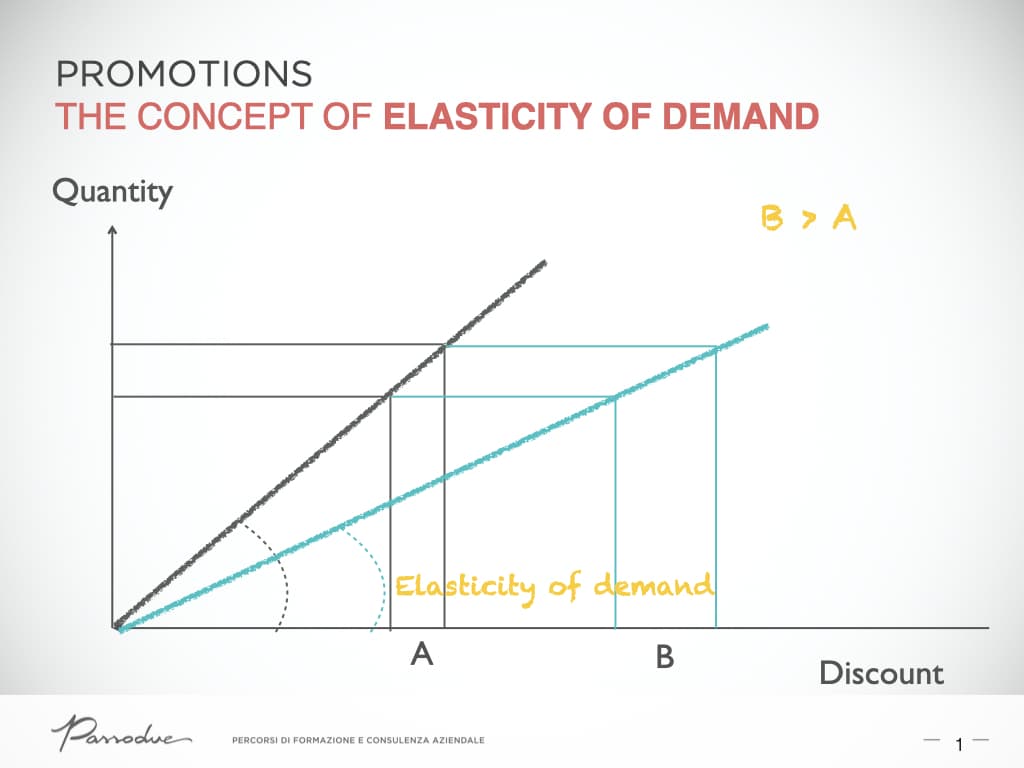Reading time: 4 min
by Alberto Aleo
January and July are usually the best months for promotions. However in this “strange” market period it is not uncommon to see “sale” signs in the shop windows, or to come across discount offers, 3×2 deals or similar reductions – which are all aimed at supporting demand and restarting the markets. This is why I’ve decided to propose an article on this matter, in order to explain why, when and how to use promotions.

Photo Jeff Sheldon by UnSplash
Promotion strategy
Strategic business plans are including more and more chapters dedicated to promotions. Let’s try and analyse how this special marketing tool works. First of all it is clear that promotions, as well as any other business initiative, have their pros and cons. Therefore, in order to assess the expediency of a discount campaign, you need to consider the advantages and disadvantages, opportunities and threats. What are promotions for? They serve several purposes,
- such as increasing sales volumes,
- clearing out the warehouse,
- maintaining the production level in particular seasons,
- launching new products, and so on.
These “advantages” are usually counterbalanced by a series of disadvantages, as for example
- profit margin loss,
- lack of goods
- or unexpected peaks of production.
You also have to take into consideration the opportunities and threats which can arise within the market: undercutting your competitors by anticipating the sales can certainly represent an opportunity, but it might also become a threat if the consumers are disoriented by these unexpected off-season promos. My advice is therefore to carry out a proper SWOT analysis of your promotion project – for more information go back to our post “What is a SWOT analysis and what is it used for”
When to run a promo
Our clients often ask me “is it better to launch a promotion when sales are successful or when they are low?”. To be able to answer this question I need to introduce the concept of elasticity of demand. What kind of results can you expect from a promotion on beachwear in December? Probably very poor results, as in this particular time of the year the consumer demand for this kind of product is so low that not even a discount might have an impact. In other words: if I don’t need a swimming costume at Christmas, then I probably won’t buy one even if the shop offers me a 70% discount. Similarly, if you offer a 3×2 deal on dishwashers you’ll find it difficult to increase your sales! But be careful because the same campaign can work very well if applied to different products (for example 3×2 on toothpastes) or in different times of the year (i.e. discounts on beachwear in May). This behaviour depends on what in economics is known as “elasticity of demand“, an indicator which varies according to the product considered. The more elastic is the demand for a certain product in a specific time of the year, the more successful the promotions will be.
Before starting your promotional activity consider whether it is the right season and if your customers have a need that can be satisfied, Ask yourself if the demand for a specific article can be increased through a discount campaign.

“Made in USA” promotions
 In the United States business activities are free to decide regarding their discount campaigns at different times of the year. Some of the most effective ones are those connected to particular holidays, such as Labour Day, or to specific days of the week as for example Mondays, which normally register a lower affluence of buyers. I find that Americans have a real ability to link their promotions to clear meassages which put the focus on the customers: during the above-mentioned Labour Day the slogan was “we celebrate the fruits of your labour with you”. In the United States the main aim is to build customer loyalty, i.e. to establish a relationship based on “frequent attendance“. For this reason discounts “rotate” weekly and are applied to different products, so that clients are enticed to visit the stores regularly, browse the websites or call the sales agents. When I’m in Boston I go to my favourite shop almost every week and check on new offers: this has led to a solid relationship and has turned me into a loyal customer.
In the United States business activities are free to decide regarding their discount campaigns at different times of the year. Some of the most effective ones are those connected to particular holidays, such as Labour Day, or to specific days of the week as for example Mondays, which normally register a lower affluence of buyers. I find that Americans have a real ability to link their promotions to clear meassages which put the focus on the customers: during the above-mentioned Labour Day the slogan was “we celebrate the fruits of your labour with you”. In the United States the main aim is to build customer loyalty, i.e. to establish a relationship based on “frequent attendance“. For this reason discounts “rotate” weekly and are applied to different products, so that clients are enticed to visit the stores regularly, browse the websites or call the sales agents. When I’m in Boston I go to my favourite shop almost every week and check on new offers: this has led to a solid relationship and has turned me into a loyal customer.
Whatever decision you will make regarding your promotions, my advice is to monitor the results of your campaigns. Check all the figures, i.e. what you have earned and what you have sacrificed through your promotion: how much has the revenue increased? What kinds of products or services have been affected the most? How many new customers has it acquired? Have you lost or earned in terms of general marginality? These and other questions will help you understand if the campaign you have run can be repeated or if you should reconsider some aspects. Figures – not opinions – are the only way to objectively assess marketing actions: if you don’t believe me read our post “Do you think or do you know?“. Take a look also at the article we have dedicated to customers’ discount requests and how to handle them effectively without disappointing your clients, yet avoiding to turn your relationship into a race to lower prices.
| partem claram semper aspice |
The photos used - where not owned by the editorial team or our guests - are purchased on Adobe Stock and IStockPhoto or downloaded from platforms such as UnSplash or Pexels.
Did you like this post and want to learn more about the topics?
Passodue research on issues related to sales, marketing, ethics and the centrality of human beings within the market logic, officially started in 2012. The results derived from our work are described in the publications and in the books you can find in this section.





Comments (0)